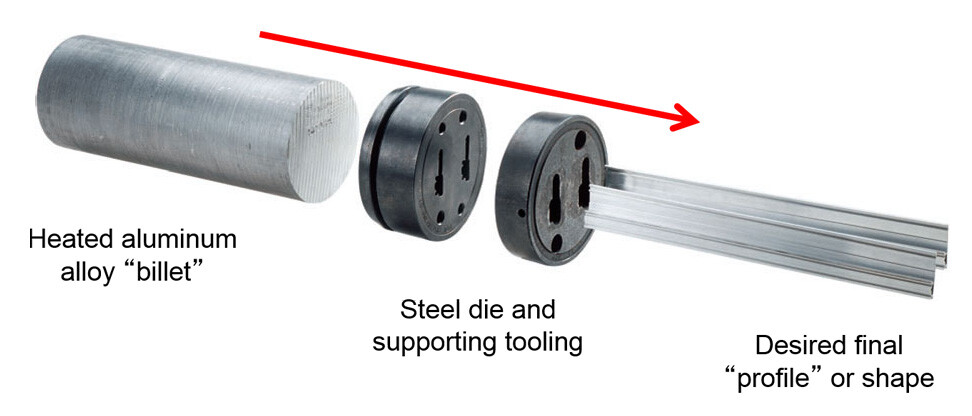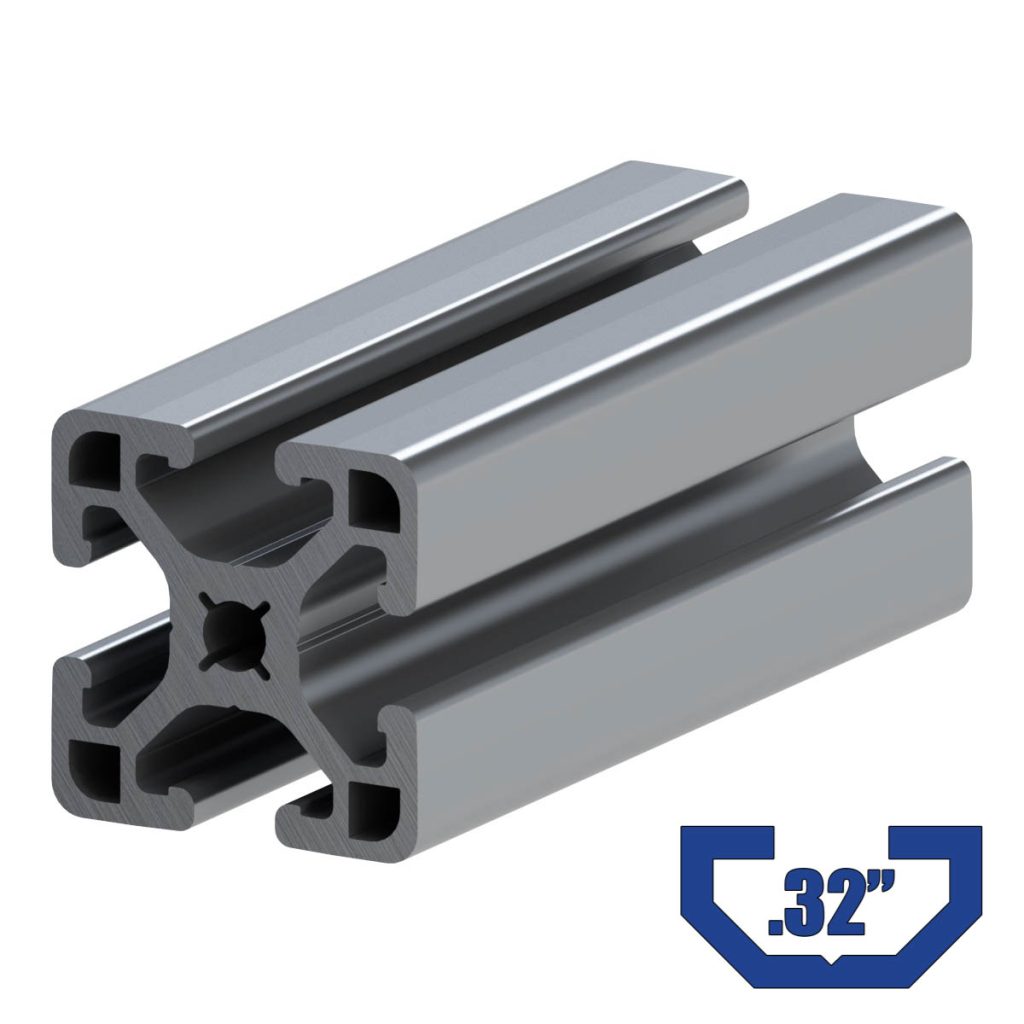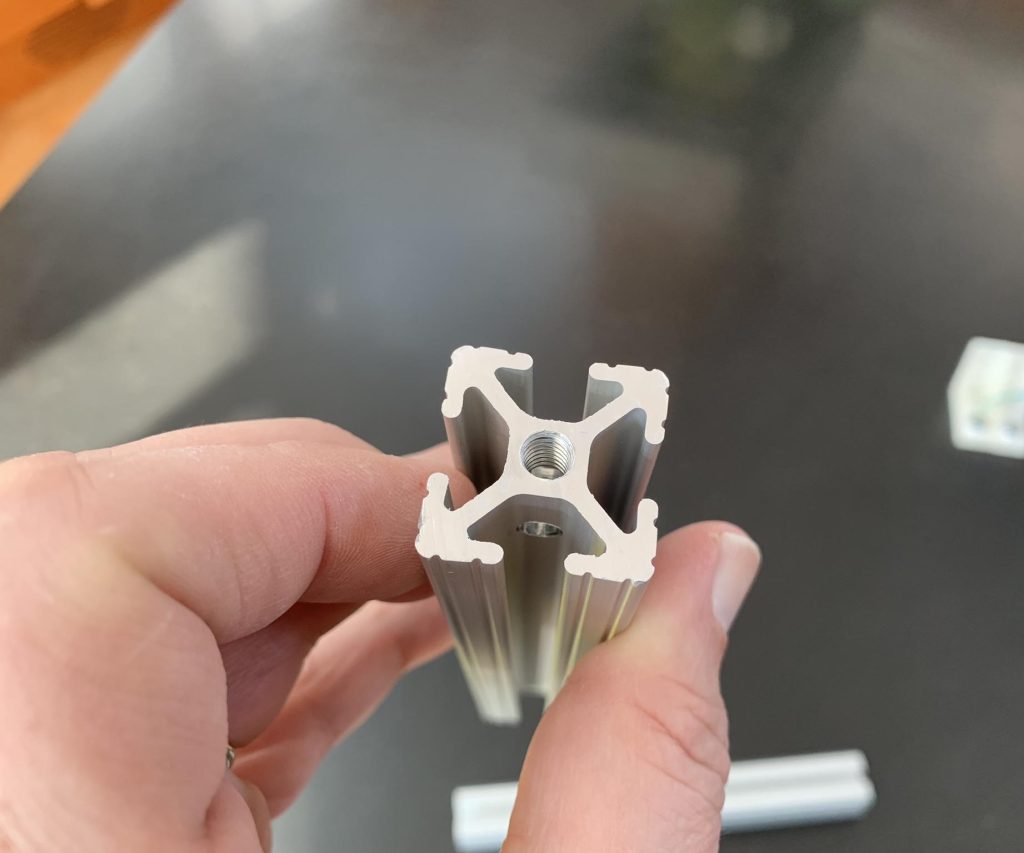Table of Contents
Aluminum extrusion is a manufacturing process that involves shaping aluminum into a specific shape or design. It is a widely used process in various industries, including automotive, construction, and aerospace. But how exactly is aluminum extrusion made? In this article, we will delve into the steps involved in making aluminum extrusions, from designing the die to the finishing touches.
The process of aluminum extrusion is fascinating and involves several intricate steps that require precision and expertise. Whether you are a manufacturer looking to produce aluminum extrusions or simply interested in learning about the process, this article will provide you with all the necessary information you need to know. So, let’s dive in and explore the world of aluminum extrusion!
How Do You Make an Aluminum Extrusion?
Aluminum extrusion is a process used to create a wide variety of shapes and designs from aluminum. The process involves melting aluminum and forcing it through a die to create a specific shape. The resulting product can be used in various industries, including automotive, construction, and aerospace. Here is a step-by-step guide on how to make an aluminum extrusion.
Step 1: Designing the Extrusion
The first step in creating an aluminum extrusion is designing the extrusion. This involves creating a 3D model of the desired shape using computer-aided design (CAD) software. The design will determine the shape of the die that is used in the extrusion process.
Once the design is complete, a die is created based on the specifications of the design. The die is typically made out of steel and is created using CNC machines.
Step 2: Preparing the Aluminum
The next step in the process is to prepare the aluminum for extrusion. This involves selecting the type of aluminum alloy that will be used and melting it down to a liquid state. The aluminum is typically heated to a temperature of around 700 to 900 degrees Fahrenheit.
Once the aluminum is melted, it is transferred to a holding furnace where it is kept at a constant temperature until it is ready to be extruded.
Step 3: Extruding the Aluminum
The third step in the process is extruding the aluminum. This involves forcing the molten aluminum through the die using a hydraulic press. The press applies pressure to the aluminum, pushing it through the die and forming it into the desired shape.
As the aluminum is extruded, it is cooled using air or water to prevent deformation. Once the aluminum has been extruded, it is cut to the desired length and cooled further.
Step 4: Finishing the Extrusion
The final step in the process is finishing the extrusion. This involves cutting the extrusion to the desired length and performing any necessary machining or surface finishing. The finished product can then be coated or anodized to improve its appearance and durability.
Benefits of Aluminum Extrusion
Aluminum extrusion offers a number of benefits over other manufacturing processes. One of the main advantages is its versatility. Aluminum extrusion can be used to create a wide variety of shapes and designs, making it a popular choice in many industries.
Another advantage of aluminum extrusion is its strength. Unlike other materials, aluminum has a high strength-to-weight ratio, making it ideal for use in applications where weight is a concern.
Finally, aluminum extrusion is a cost-effective manufacturing process. Because the process is highly automated, it requires minimal labor and can be completed quickly, resulting in lower production costs.
Aluminum Extrusion vs. Other Manufacturing Processes
Aluminum extrusion offers several advantages over other manufacturing processes. For example, compared to casting, extrusion allows for greater design flexibility and produces less waste. Additionally, extrusion can produce more complex shapes than stamping or forging.
Compared to injection molding, extrusion is typically less expensive and allows for greater design flexibility. However, injection molding is better suited for producing small, intricate parts.
Conclusion
Aluminum extrusion is a versatile, cost-effective manufacturing process that offers a number of benefits over other processes. By following these steps, manufacturers can create high-quality extrusions that meet their specific needs. Whether used in construction, automotive, or aerospace applications, aluminum extrusion is a reliable and effective manufacturing process.
Frequently Asked Questions
Aluminum extrusion is a widely used manufacturing process to create a variety of aluminum products. If you are wondering how do you make an aluminum extrusion, here are answers to some of the most common questions.
What is the process of aluminum extrusion?
Aluminum extrusion is a manufacturing process that involves shaping aluminum by forcing it through a shaped opening in a die. The die is created in the shape of the desired product, and the aluminum is heated to a specific temperature to make it malleable. Once it is heated, the aluminum is forced through the die using a hydraulic press, resulting in the desired shape.
After the extrusion, the aluminum is cooled and cut to the desired length. The extrusion can then be treated further, such as adding coatings or paint, to achieve the desired finish.
What are the advantages of aluminum extrusion?
Aluminum extrusion has several advantages over other manufacturing methods. One of the main benefits is that it allows for complex shapes to be created with ease. Additionally, the process is highly efficient, with little waste produced during production.
Aluminum extrusion is also a cost-effective method of manufacturing, as it requires less raw material and energy than other methods. Finally, aluminum is a highly durable material that is resistant to corrosion, making it an ideal choice for a variety of applications.
What products can be made using aluminum extrusion?
Aluminum extrusion can be used to create a wide range of products, from simple shapes to complex designs. Some of the most common products made using extrusion include window frames, door frames, and curtain walls. Extrusion is also used to create automotive parts, heat sinks, and electronic enclosures.
The versatility of aluminum extrusion means that it can be used in many industries, including construction, transportation, and electronics.
What factors affect the quality of aluminum extrusion?
The quality of aluminum extrusion is affected by several factors, including the temperature at which the aluminum is heated, the design of the die, and the speed at which the aluminum is forced through the die.
Other factors that can impact quality include the material used in the die, the skill of the operator, and the equipment used in the extrusion process. To ensure the highest quality extrusion, it is important to use high-quality materials and equipment and to work with experienced operators.
What are the environmental considerations of aluminum extrusion?
Aluminum extrusion is a highly sustainable manufacturing process, as it requires less energy and produces less waste than other methods. Additionally, aluminum is a highly recyclable material, with the ability to be recycled indefinitely without losing its properties.
Extrusion also allows for the creation of lightweight, energy-efficient products that can help reduce overall energy consumption. By choosing aluminum extrusion, manufacturers can reduce their environmental impact while still creating high-quality products.
In conclusion, making an aluminum extrusion involves a complex process that requires precision and expertise. From designing the die to extruding the aluminum, each step plays an essential role in producing high-quality extrusions for various industries.
The use of advanced software and equipment has made the process more efficient and accurate, allowing for greater customization and faster production times. Additionally, the ability to recycle aluminum scraps and waste has made extrusions a sustainable and eco-friendly solution for many applications.
Overall, the process of making an aluminum extrusion may seem complicated, but it is a vital part of many industries, from construction to automotive. With continued advancements and innovations, we can expect to see even more exciting developments in this field in the years to come.
Request a quote today!
[contact-form-7 id="1578" title="Contact form"]
Please compress the file into a ZIP or RAR file before uploading. Alternatively, send through your RFQ by email.
enquires@unitymanufacture.com





